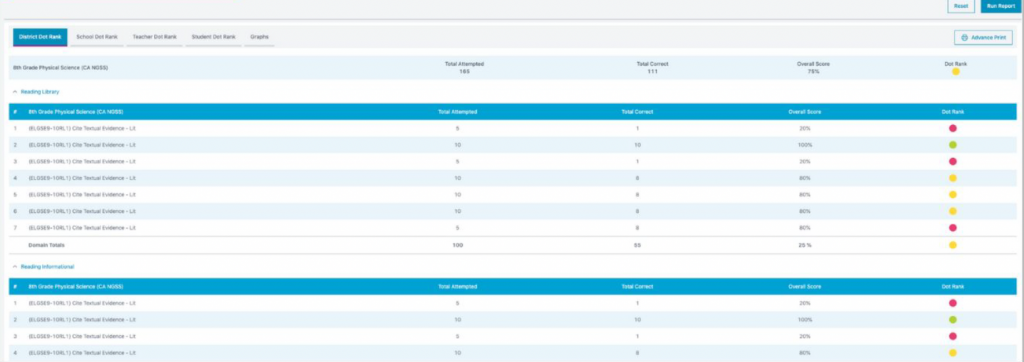Updates to the STAAR© Progress Measures: What You Need to Know for 2022-2023
Before the Covid-19 pandemic, the 8,866 public schools across Texas each received a letter grade from A to F. This rating was measured according to an accountability system, the STAAR© Progress Measure, which evaluated students’ growth year over year on the STAAR© exam, the state’s summative assessment for grades 3-12.
During the pandemic, schools were shut down and the STAAR© was canceled, which meant schools could not be rated. Now, Texas students are once again picking up their pencils (or rather, mouse) to take the STAAR© this year. This also means that for the first time since the pandemic began, schools will again be rated.
However, there are some big changes taking place to the accountability system for the 2022-2023 school year. TEA has announced that STAAR© Progress Measures will not be part of the calculation. There are a couple of reasons for this. First off, Covid-19 has put many students at a disadvantage, and the TEA doesn’t believe year-over-year scores should be calculated into the ratings. Second, the STAAR© exam has gone through some major updates, including a redesign of the reading language arts (RLA) STAAR©, the addition of new item types in math, and a shift to a fully online assessment system. All of these updates could affect student performance and, in turn, school ratings.
Instead of using the STAAR© Progress Measures, ratings for the 2022-2023 school year will be measured using a transition table model. According to the TEA, this new methodology “would shift to a transition table model to determine academic growth. Cut points for high/low Did Not Meet and Approaches Grade Level would be established for each applicable grade level and subject area based on standard deviations of scale scores.” Schools will receive a rating from A-C, and any schools that score a D or F will receive a “Not Rated” label and not face potential sanctions from the TEA. This gives schools that have a D or F from 2019 a chance to improve their ratings.
According to the TEA, the plan is for STAAR© Progress Measures to return for the 2023-2024 school year. So what can teachers, schools, and districts do to gear up for the reimplementation of the STAAR© Progress Measures? That’s where Progress Learning comes in.
Progress Learning offers best-in-class progress monitoring, so you can track progress and ensure your students are ready and growing academically when the new STAAR© Progress Measures make their big return in 2023.
Our color-coded dot-rank system is a simple and effective way to see how students are measuring up to Texas standards, TEKS. Teachers and students love this tool and our Green Dot Challenge, in particular. During the challenge, students are encouraged to take initiative and complete assignments to get green dots across the board, for every standard.
Furthermore, the dot-rank system makes it easy to individualize student learning. Through progress monitoring and one-on-one conferences, teachers can identify the most pressing areas students should focus on and assign remediation assignments to get them caught up and in the green, so to speak.
Want to learn more about how Progress Learning can prepare students for the STAAR© exam and get your school an A rating? Request a free demo today.



